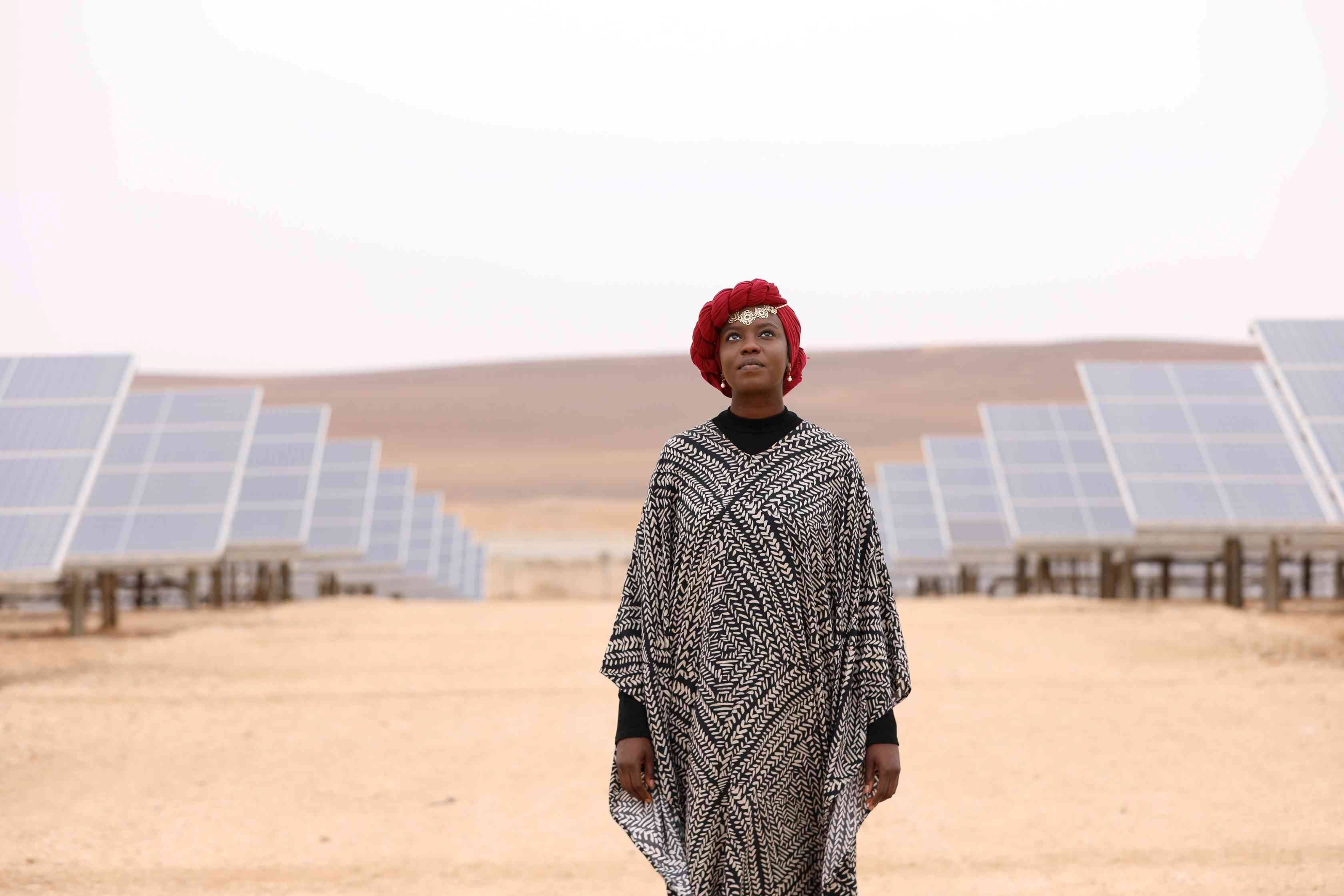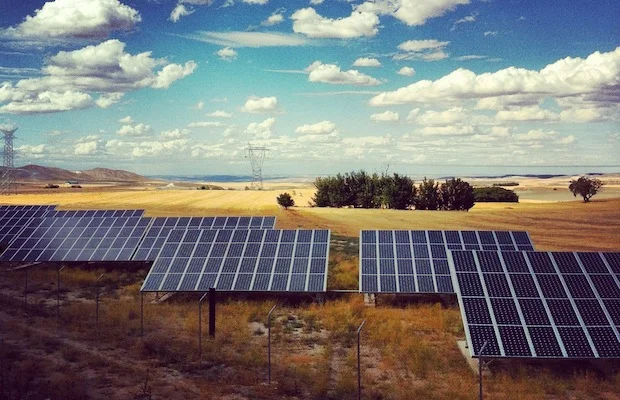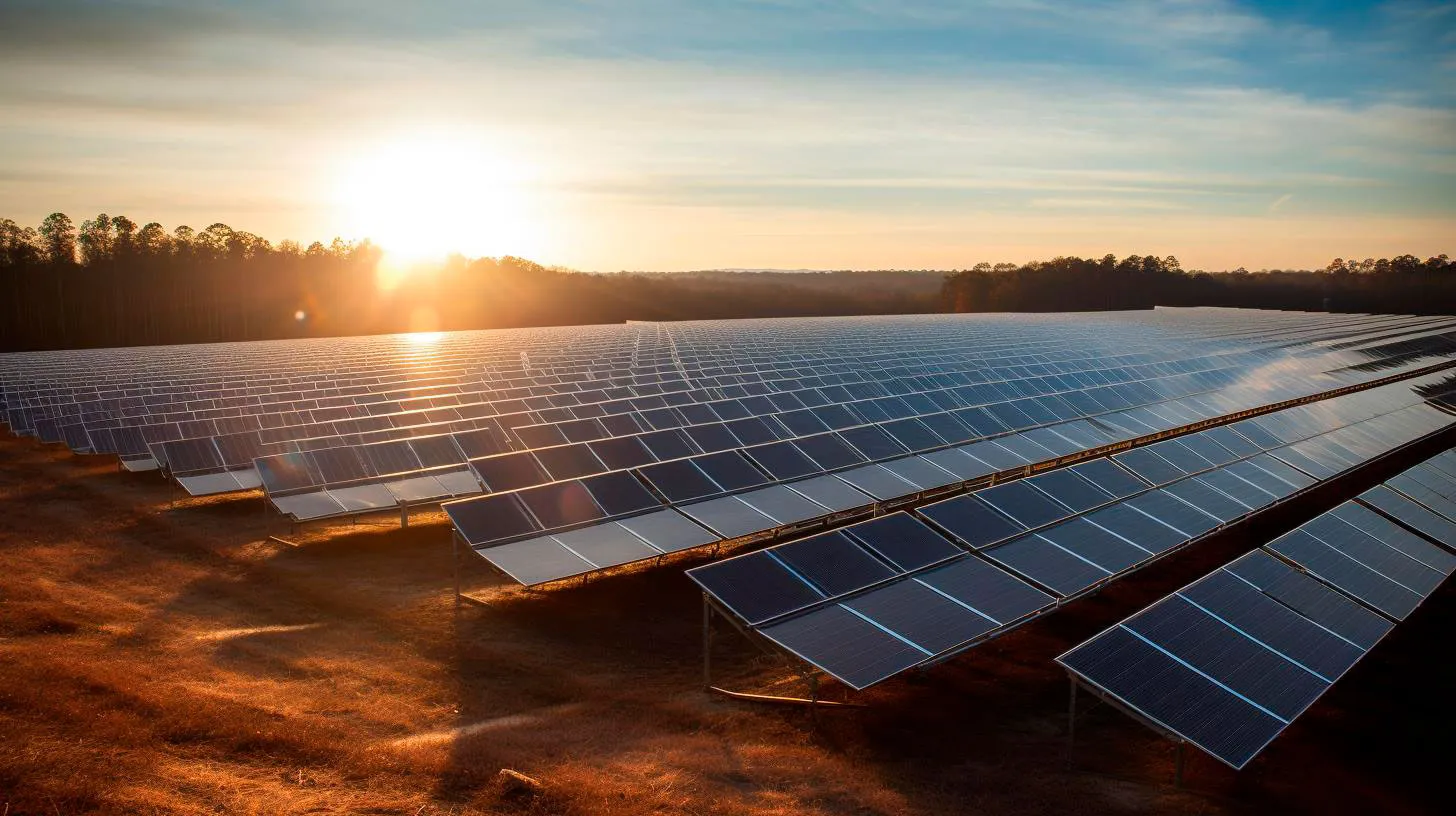
Introduction
Solar energy has emerged as a vital tool in humanitarian aid, providing sustainable and renewable power solutions in disaster-stricken areas and off-grid communities. This article aims to explore the intersection between solar energy and humanitarian aid, highlighting its importance and relevance. By shedding light on its historical background, key concepts, and real-world examples, we can better understand the potential of solar energy in addressing global challenges.
Historical Background
Solar energy has a rich history, with ancient civilizations utilizing sunlight for various purposes. In the context of humanitarian aid, solar energy gained momentum in the late 20th century as organizations recognized its potential to provide clean and reliable power in areas devastated by natural disasters. Significant milestones include the integration of solar panels in emergency response kits, the establishment of solar-powered field hospitals, and the deployment of solar energy systems in refugee camps.
Key Concepts and Definitions
To fully grasp the implications of solar energy in humanitarian aid, it is crucial to define key concepts. Solar energy refers to the harnessing of sunlight to generate electricity or heat. In humanitarian aid, it can be utilized to power essential devices, lighting, and water purification systems. Humanitarian aid encompasses various forms of assistance provided to populations affected by crisis, conflict, or natural disasters, aiming to alleviate suffering, restore essential services, and promote resilience in vulnerable communities.

Main Discussion Points
The use of solar energy in disaster relief efforts
Solar energy plays a pivotal role in disaster relief efforts by providing immediate power in areas devastated by calamities. When traditional power sources are disrupted, solar energy can quickly restore electricity, enabling crucial operations such as medical care, communication, and lighting. Furthermore, solar energy systems are portable and require minimal maintenance, making them ideal for rapid deployment in emergency situations. Organizations like SolarAid and the International Federation of Red Cross and Red Crescent Societies have successfully implemented solar energy solutions in disaster-stricken regions.
Solar energy in off-grid communities
Off-grid communities face challenges in accessing reliable power. Solar energy offers a sustainable and affordable solution to this problem. By installing solar panels and energy storage systems, these communities can harness the power of the sun to meet their energy needs. Solar energy eliminates the dependency on fossil fuels, reduces carbon emissions, and empowers communities to take control of their energy resources. Case studies, such as the Barefoot College in India, showcase the transformative impact of solar energy in off-grid communities.
Solar energy for water and food security
Access to clean water and reliable food sources is crucial for vulnerable communities. Solar energy plays a vital role in powering water purification systems, making clean drinking water accessible in remote and disaster-affected areas. Additionally, solar energy supports agriculture and food production through irrigation systems and solar-powered agricultural tools. Initiatives like the Solar Electric Light Fund and the United Nations’ Sustainable Energy for All program have successfully implemented solar energy solutions for water and food security in humanitarian aid.

Case Studies or Examples
Real-world examples and case studies demonstrate the tangible impact of solar energy in humanitarian aid efforts. In Bangladesh, the Solar Home System program has provided solar power to millions of households, improving living conditions and enhancing educational opportunities. Similarly, the Solar Nano Grids project in Kenya has empowered communities by providing affordable and clean electricity. These success stories highlight the potential of solar energy to transform lives and catalyze sustainable development.
Current Trends or Developments
The use of solar energy in humanitarian aid efforts is continuously evolving. Recent trends include the integration of solar-powered microgrids in refugee settlements, the development of innovative solar technologies, and the utilization of data analytics to optimize energy distribution. Emerging research focuses on maximizing the efficiency and affordability of solar energy systems in resource-constrained settings. These trends pave the way for a future where solar energy becomes a central component of humanitarian aid.
Challenges or Controversies
Implementing solar energy in humanitarian aid initiatives is not without challenges. Limited funding, lack of technical expertise, and inadequate infrastructure can hinder the widespread adoption of solar energy solutions. Additionally, some argue that reliance on solar energy may divert resources from other pressing humanitarian needs. Balancing these challenges and controversies is essential to ensure the effective integration of solar energy in humanitarian aid efforts.

Future Outlook
The intersection between solar energy and humanitarian aid holds immense potential for growth and innovation. Advancements in solar technology, coupled with increased awareness and support, can pave the way for scalable and sustainable solutions. The integration of solar energy in disaster preparedness plans and the establishment of partnerships between governments, aid organizations, and renewable energy companies are crucial steps towards a brighter future for humanitarian aid.
Conclusion
Solar energy’s potential in humanitarian aid cannot be overstated. From powering emergency response efforts to transforming off-grid communities, solar energy offers a renewable, reliable, and sustainable solution. By embracing this intersection, humanitarian aid efforts can become more resilient, efficient, and impactful. The continued exploration and implementation of solar energy solutions will undoubtedly shape the future of humanitarian aid.
References
For further reading or research on the topic of solar energy in humanitarian aid, the following sources are recommended:
- International Renewable Energy Agency (IRENA)
- United Nations Development Programme (UNDP)
- Solar Energy Technologies Office (SETO)
- Journal of Humanitarian Engineering
- Solar Electric Light Fund (SELF)
- Barefoot College
- SolarAid
- International Federation of Red Cross and Red Crescent Societies (IFRC)




